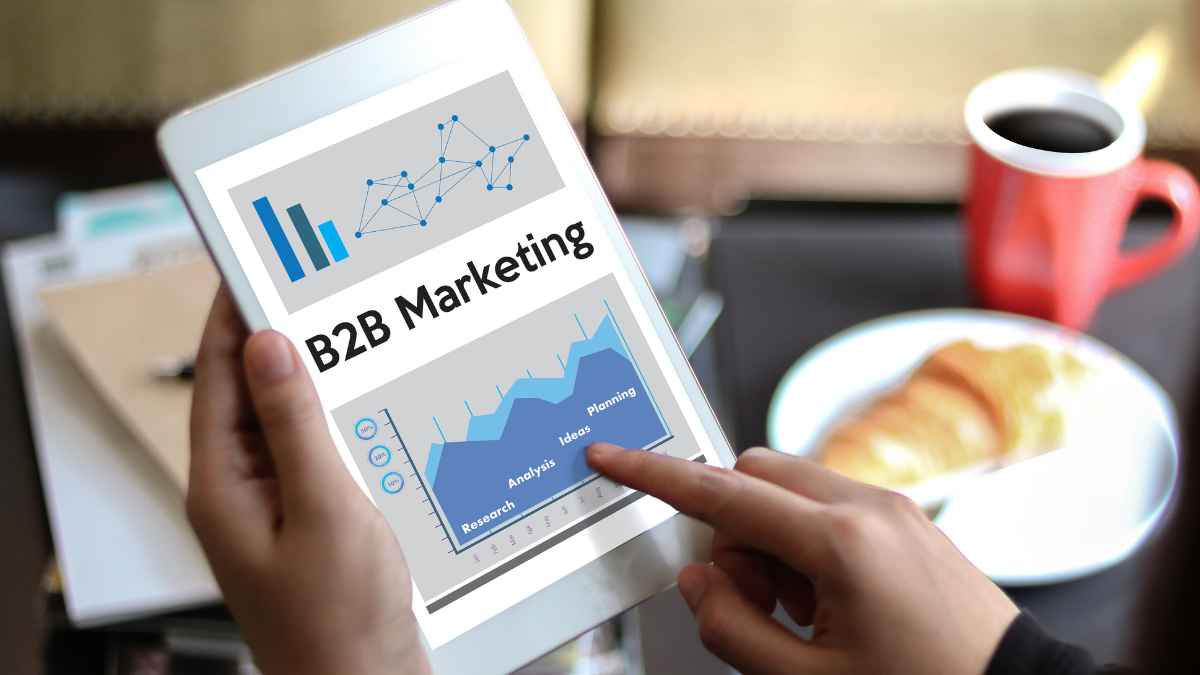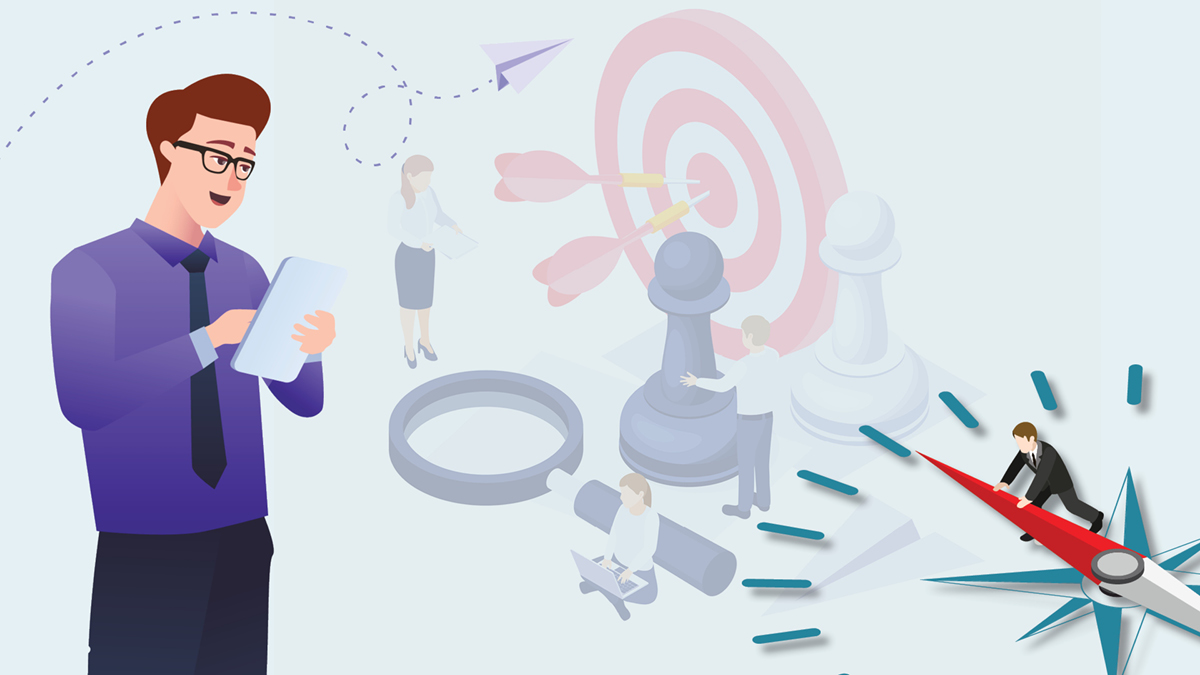
In today’s digital world, speed is everything. Whether you’re running an eCommerce site, a blog, or a corporate homepage, how quickly your site loads can make or break the user experience. In fact, a delay of just one second in page load time can result in 7% fewer conversions, 11% fewer page views, and a 16% decrease in customer satisfaction.
Optimizing site speed isn’t just a nice-to-have; it’s essential. Here’s how to improve your page load time and keep your visitors (and Google) happy.
Why Page Speed Matters
- User Experience: Fast-loading sites offer a smoother, more enjoyable experience.
- SEO: Google considers site speed a ranking factor for both desktop and mobile.
- Conversions: Faster sites mean higher engagement and conversion rates.
- Bounce Rates: The longer a page takes to load, the more likely users are to bounce.
How to Measure Page Speed
Before optimizing, you need to measure where you stand. Use these tools:
- Google PageSpeed Insights: Offers suggestions for improvement.
- GTmetrix: Gives performance scores and breakdowns.
- WebPageTest: Advanced features including filmstrip view.
- Lighthouse: Chrome DevTools built-in performance auditing.
Top Strategies to Improve Page Load Time
1. Optimize Images
- Compress images using tools like TinyPNG or ImageOptim.
- Use next-gen formats like WebP.
- Specify image dimensions in HTML/CSS.
- Implement responsive images (srcset) for mobile optimization.
2. Enable Browser Caching
- Set expiration headers so returning visitors don’t need to reload the entire site.
- Use .htaccess rules or plugins like W3 Total Cache (WordPress) to configure caching.
3. Minify CSS, JavaScript, and HTML
- Remove unnecessary spaces, comments, and characters.
- Use tools like UglifyJS, CSSNano, or HTMLMinifier.
4. Use a Content Delivery Network (CDN)
- CDNs like Cloudflare, Fastly, or Amazon CloudFront distribute content globally, reducing latency.
5. Reduce HTTP Requests
- Combine CSS and JS files.
- Use CSS sprites for images.
- Inline critical CSS and defer non-essential JS.
6. Enable GZIP Compression
- Compress files on your server before sending them to browsers.
- Can reduce page size by up to 70%.
7. Optimize Web Hosting
- Choose a reputable, high-performance host.
- Consider dedicated or VPS hosting if shared hosting slows you down.
8. Use Lazy Loading
- Load images and videos only when they are visible in the viewport.
- Reduces initial page weight and speeds up perceived load time.
9. Limit Third-Party Scripts
- Third-party widgets (chat boxes, ad scripts, analytics) can drastically slow down your site.
- Audit and remove non-essential ones.
10. Implement Asynchronous Loading
- Load JavaScript asynchronously or defer its loading until after HTML parsing.
Bonus Tips
- Use AMP (Accelerated Mobile Pages) for faster mobile experiences.
- Regularly audit and remove unused plugins, scripts, and fonts.
- Optimize your database by removing overhead and auto-drafts (especially for WordPress).






































































































































































































